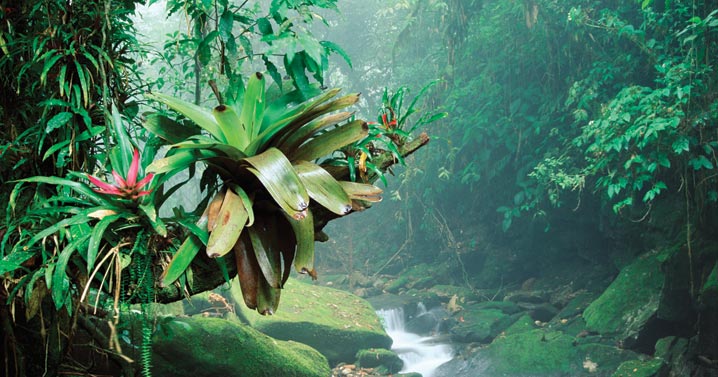Brace yourself for a new unique adventure trip at Mexico that even this early is creating murmurs along the place.
Sunken Museum
Have you ever experience submerging yourself underwater for a museum? Probably not. Well, if you haven’t got that experience, let Cancun do it first for you. A new underwater sculpture garden will be established in Cancun, Mexico meant to be the largest underwater museums in the world. Named as “Silent Evolution”, the amazing exhibit covers more than 150 square meters of the clear waters of the Caribbean. Measuring 28 feet deep, the Silent Evolution is a perfect site for divers who want to witness great underwater scene.
Cancun Underwater Museum is composed of 400 clay statues installed on the sea floor. The person behind these sculptures is Jason de Caires Taylor, a renowned artist in his field. The series of figurative sculptures depicts the evolution of the Mayan people in a different perspective.
Where is it located?
The Cancun Underwater Museum can be found in the State of Quintana Roo, in the waters between Isla Mujeres and Cancun. It is in the protected National Marine Park just a few minutes from the Manchones Reef. The closest airport is the Cancun International Airport. The best time to go is from November to April during the dry season.
The Secret Purpose
Aside from the perceived primary purpose of many about the establishment of this underwater museum which is to promote tourism at Cancun being an artistic developing area, the sculptures are constructed from a special material that aims to serve as a breeding ground for marine life. The statues serve as artificial coral reefs which helps boost the ecosystem in the area. Upon observation, this project is indeed a purposeful one, since it does not just want tourists to get amazed on the wonders of the sculptural models, but also to develop awareness among them that leads to conservation of the underwater ecosystem.
Witness also the eye-catchy transformation of the Mayan sculptures as coral reefs and marine plants start to grow in them.
Image credits: vistanature.com








h(252)c(1)/6440d452659ab5d4687a20c425a961e9.jpg)





